When it comes to dessert, the options might feel endless, but there's a neat little framework that can help you navigate the sweet sea. We're talking about the 5 C's of dessert: cake, cookies, custard, candy, and chocolate. Each 'C' has its own magic, and understanding these basics can make you the MVP of any dessert session.
Let's start with cakes. Ever wonder why a cake rises and stays fluffy? It's all about the balance between your ingredients and your technique. Whisk those eggs until you see them fluff and you’re halfway there. Getting cake right can be as simple as paying attention to these small details.
Moving on to cookies, it’s about the texture game. Whether you're team chewy or team crunchy, your secret weapon is understanding the balance of sugar and fat in your dough. The next time you're whipping up a batch, play around with cooling times to change their snap or softness.
- Cake: Pillars of Sweetness
- Cookies: Crunch and Chew
- Custard: Smooth Elegance
- Candy: Sugar Science
- Chocolate: Indulgence Defined
- Conclusion: Mastering the Sweet Art
Cake: Pillars of Sweetness
When it comes to crafting a standout cake, it's often a matter of understanding a few critical elements. Start with the basics: flour, sugar, eggs, and fat. These are your building blocks. But do you know why each one matters?
Flour: The Foundation
Flour provides structure. For a standard cake, all-purpose flour is your go-to. It has the right amount of gluten, which is the protein that makes cakes rise and gives them their chewy texture. Want a tender cake? Try decreasing the flour a bit.
Sugar: More Than Sweetness
Sugar is not just for sweetness. It locks in moisture and helps cakes brown. Think of sugar as a magic ingredient to keep that cake from feeling like a brick.
Eggs: The Binder
Eggs bind everything together. They are responsible for the cake's rise and help emulsify the fat into the batter. For an airy cake, use room temperature eggs. Trust me, it makes a difference.
Fat: For Flavor and Texture
Butter, oil, or sometimes both, are what give a cake its soft crumb and rich flavor. Melted butter adds moistness, while creaming butter yields a fluffier cake. Choose based on texture desires.
Mixing Methods: The Game Changer
Pay attention to mixing methods. Over-mixing can kill the vibe, making your cake dense. Mix until just combined. If you feel like cake-making is a science, it's because it kind of is.
Here's a quick overview of a basic vanilla cake recipe that rarely fails:
- Preheat your oven to 350°F (175°C). Grease and flour your pans.
- Cream 1 cup butter with 2 cups sugar until fluffy.
- Add 4 eggs, one at a time, blending well after each.
- Mix in 3 cups flour, alternating with 1 cup milk, beginning and ending with flour.
- Stir in 2 teaspoons vanilla extract.
- Pour into pans and bake for 25-30 mins or until a toothpick comes out clean.
Remember, every cake tells a story, and with these tips, you'll be the author of some sweet legends.
Cookies: Crunch and Chew
Welcome to the world of cookies, where texture is king! Whether you're a fan of the classic chocolate chip or prefer a snickerdoodle with just the right bite, the magic lies in balancing crunch and chew.
Understanding Ingredients
The key players in cookie texture are flour, sugar, and butter. For a crunchier cookie, use more granulated sugar. It spreads more and creates those crispy edges. On the other hand, more brown sugar adds moisture, leading to a chewier texture.
Mastering the Bake
Time and temperature play major roles too. If you prefer a crunchy cookie, bake it a bit longer but watch closely to avoid burning. For chewier cookies, a shorter bake at a slightly higher temperature works wonders.
Pro Tips
- Chill your dough before baking to control spread and get thicker cookies.
- Use silicone baking mats or parchment paper. They help cookies bake evenly and prevent them from sticking.
- Experiment with mix-ins like nuts or raisins to add different textures and flavors.
Fun Fact
Did you know that the chocolate chip cookie was invented by accident? Ruth Wakefield discovered this delight in the 1930s while running the Toll House Inn.
| Cookie Type | Texture Preference |
|---|---|
| Chocolate Chip | Chewy |
| Oatmeal Raisin | Crunchy |
| Peanut Butter | Both |
So grab your baking sheet, gather those ingredients, and dive into the delicious world of homemade cookies with newfound confidence!
Custard: Smooth Elegance
Custard is the kind of dessert magic that turns basic ingredients into silky heaven. Whether it's a standalone dessert or a filling in pastries, mastering custard is a skill that pays off big time in your dessert game.
At its core, custard is about three main ingredients: eggs, milk, and sugar. Sounds easy, right? But there’s a bit of a trick to it. The goal is to achieve that silky texture without turning your custard into sweet scrambled eggs.
Getting the Basics Right
The secret to perfect custard starts with temperature control. You want to keep the heat low and steady. Slowly heat your milk until it’s warm, not boiling—trust me, this part is crucial. You're aiming to gently raise the temperature of the eggs without causing them to curdle. That’s why adding warm milk to the eggs a little at a time (tempering) is key.
Thickening to Perfection
The other trick is getting it to the right thickness. To test it, dip a spoon into your custard and run your finger across the back. If the track stays clean, you're good to go. If you're feeling fancy, you can add a bit of cornstarch just to give it a bit more body, especially if you're using it as a filling.
Flavoring Your Custard
Classic vanilla is a hit, but don't be afraid to experiment. Add some zest for a citrus twist or a splash of rum for a bit of personality. Just remember, a little extract goes a long way!
Custards can be quite forgiving once you get the hang of them, and they open up a world of dessert possibilities—from crème brûlée with its iconic sugar crust to a classic tart filling.
| Creaminess Level | Recommendation |
|---|---|
| Silky Smooth | Use whole milk for a lighter finish |
| Extra Creamy | Mix in some cream for added richness |
Once you nail the custard basics, you're only limited by your imagination. So roll up those sleeves, get cooking, and enjoy the smooth elegance of custard. You’ll be amazed at what you can create!
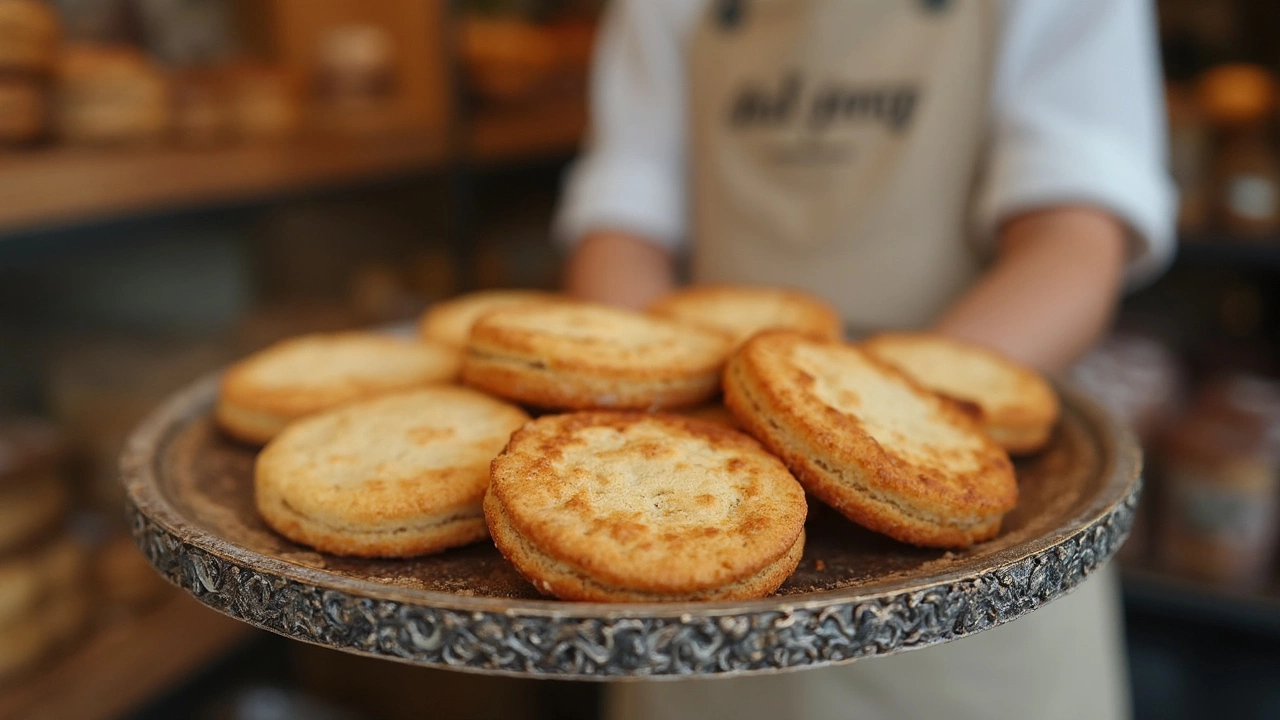
Candy: Sugar Science
Diving into the world of candy is like stepping into a sweet chemistry lab. Candy-making is all about understanding the interaction of sugar with heat. When you melt sugar in water and heat it, it goes through several stages that define the texture and type of candy you end up with.
Stages of Sugar
The magic happens in the different stages of sugar heating. Here are the key points:
- Thread Stage (230-234°F): Syrupy and perfect for glazes.
- Soft Ball Stage (234-240°F): For chewy candies like fudge.
- Firm Ball Stage (244-248°F): Ideal for caramel.
- Hard Ball Stage (250-266°F): Think nougat and rock candy.
- Soft Crack Stage (270-290°F): Gets you taffy and butterscotch.
- Hard Crack Stage (295-310°F): The realm of lollipops and brittles.
Knowing these stages helps you experiment confidently with different candy textures.
Tools of the Trade
If you’re getting serious about candy-making, a candy thermometer is your best friend. It might sound like overkill, but precision matters here. Even a few degrees can change your caramel into an unintentional toffee.
Candy Stats
Did you know? Check out this sweet stat:
| Candy Type | Average Cooking Temp (°F) |
|---|---|
| Fudge | 234-240 |
| Caramel | 245-248 |
| Hard Candy | 305-310 |
Remember, practice makes perfect in candy kingdom. Next time you stir sugar in a pot, know you're mixing a bit of science with a lot of sweetness.
Chocolate: Indulgence Defined
Chocolate is like that best friend who makes everything better. Whether you're baking, snacking, or stirring it into a hot cup of milk, chocolate stands out as a universal favorite in the dessert world. But what makes it so irresistible?
First off, let's talk about the types. You've got your bittersweet, milk, white, and even the newer trend, ruby chocolate. Bittersweet and dark chocolates have a higher cocoa content, which means they’re more intense and less sweet. These are your go-tos for rich desserts like brownies or fancy mousse. On the flip side, milk chocolate is sweeter and creamier, perfect for treats like homemade candy bars or simply munching on.
The Art of Tempering
If you've ever tried coating strawberries or truffles, you've probably heard of tempering. It's a bit science-y, but here’s the deal: it’s all about heating and cooling the chocolate to get that shiny finish and satisfying snap. It sounds tricky, but once you nail it, you're set. Investing in a simple food thermometer can be your game changer here.
Cooking with Chocolate
Think about adding a punch of flavor to your baked goods. Chocolate, especially the dark kind, pairs like a dream with sea salt, chili, or even a dash of espresso powder. These combinations can elevate your cakes or cookies to a whole new level.
Ever been curious about why chocolate feels like a happy drug? There’s a smidge of truth in that! Chocolate contains tryptophan, which the body uses to produce serotonin, the chemical responsible for those warm, fuzzy feelings.
Chocolate and Health
You might have heard whispers about chocolate being good for you. Dark chocolate, with its high concentrations of cocoa, is packed with antioxidants called flavonoids. These are believed to help with heart health, so a small square of dark chocolate a day might just keep the doctor away, or so they say!
Next time you're reaching for that bar or melting some to drizzle on desserts, remember you're not just indulging; you're partaking in a rich history of chocolate appreciation. So go on, enjoy every bite!
Conclusion: Mastering the Sweet Art
Wrapping up the journey through the 5 C's of dessert, it's clear that each element brings its own flair to the table. Knowing how to play with these five categories not only broadens your sweet arsenal but also makes any recipes more exciting.
Consistency is key when mastering cake baking. Practice makes perfect, but keep in mind to never overmix your batter as it might knock the air out, making your cake dense. For cookies, sticking to freezer-friendly dough can save your day. Roll it, freeze it, and bake right from the freezer whenever you want fresh cookies.
Custard Crafting
Custard is all about patience. Stir slowly on low heat to avoid scrambling those eggs. It's all about coaxing creamy magic rather than rushing it.
Candy Secrets
Got a sweet tooth for candy? Remember, temperature matters! Use a candy thermometer to get the right texture, whether you're shooting for soft caramels or hard candy.
Chocolate Mastery
Chocolate thrives on temperature, too. Temper your chocolate carefully to get that snap and shine, making it a feast for the eyes as well as the palate.
Finally, don’t shy away from experimenting. Creativity is what turns good desserts into great ones. Keep a trusty source of your favorite dessert recipes at hand, and don’t be afraid to tweak them as you go. Master these fundamentals, and you'll be impressing friends and family with your sweet skills in no time!
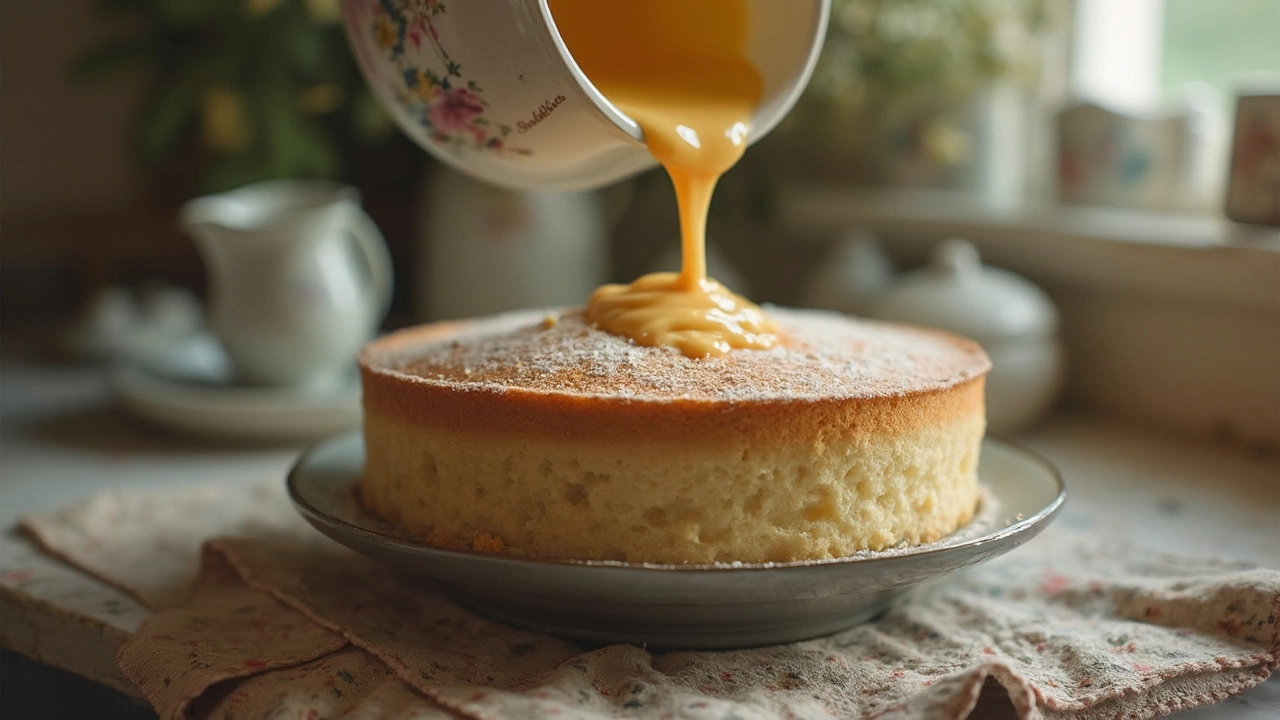

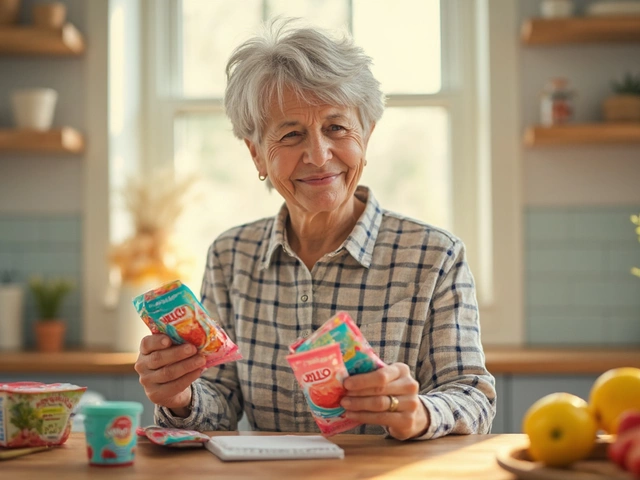
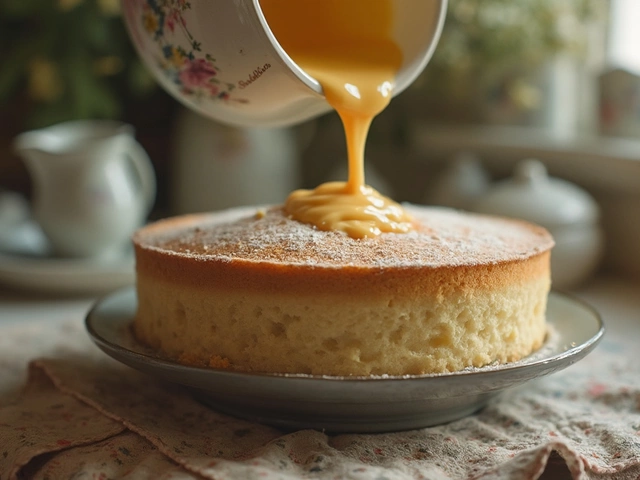
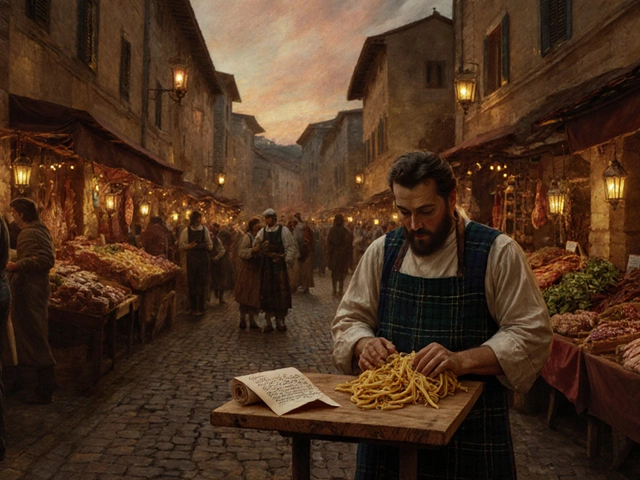
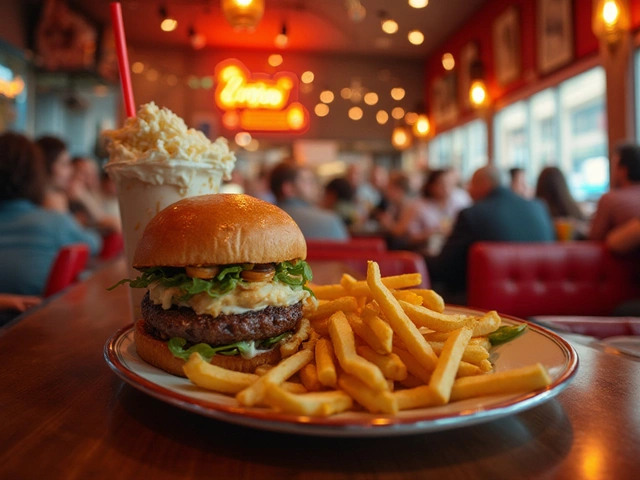


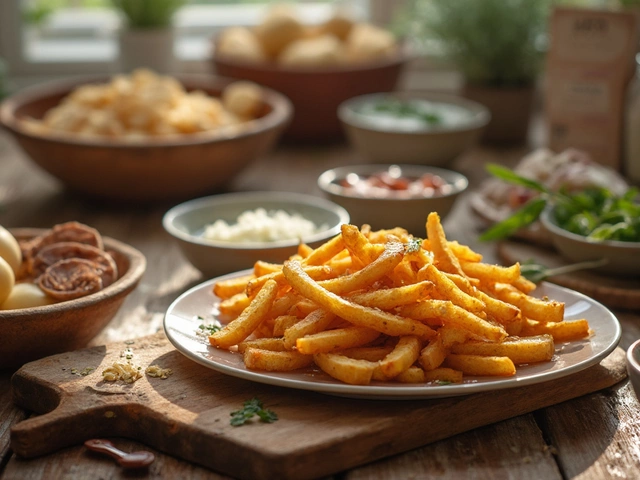
Write a comment